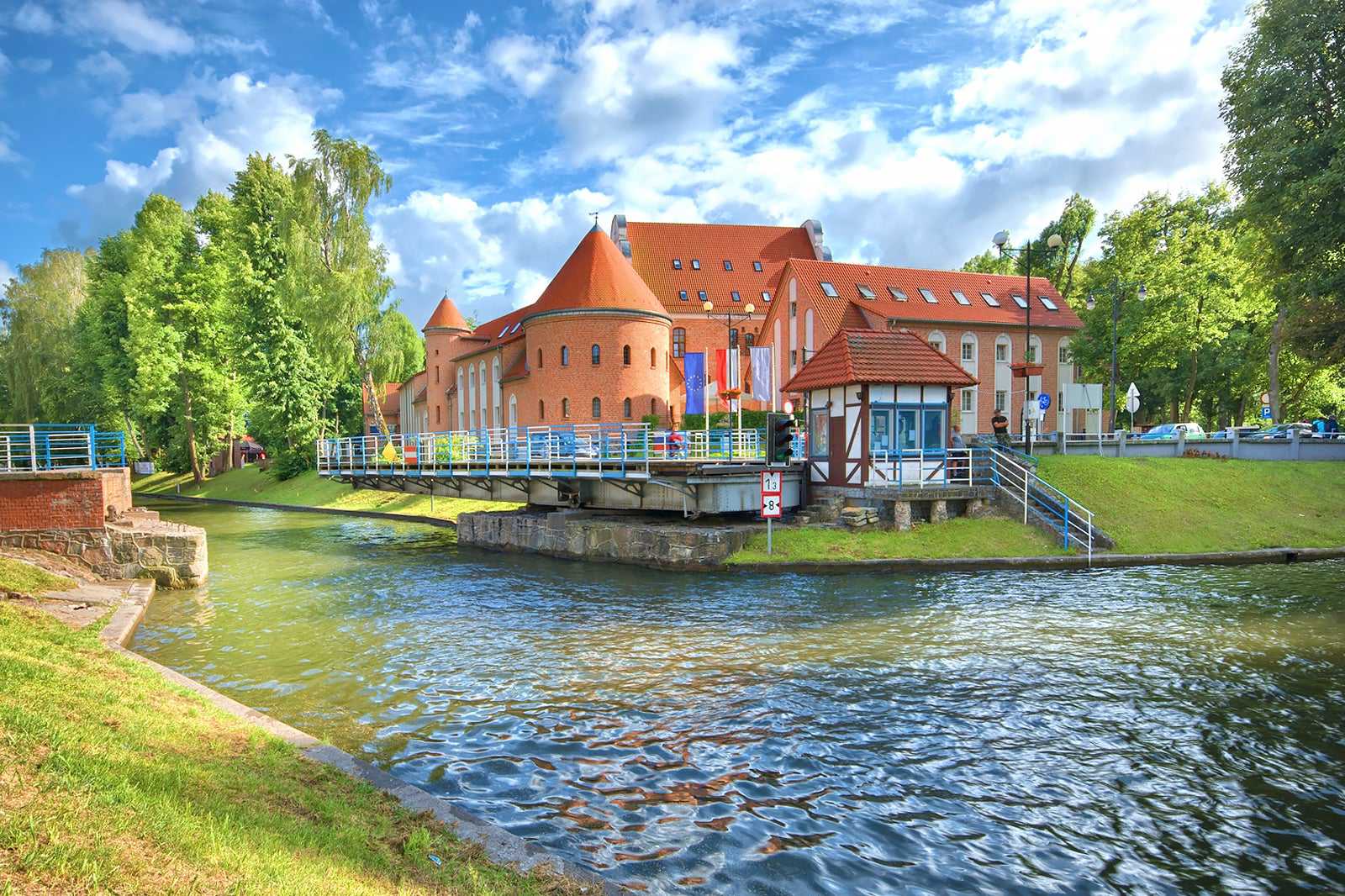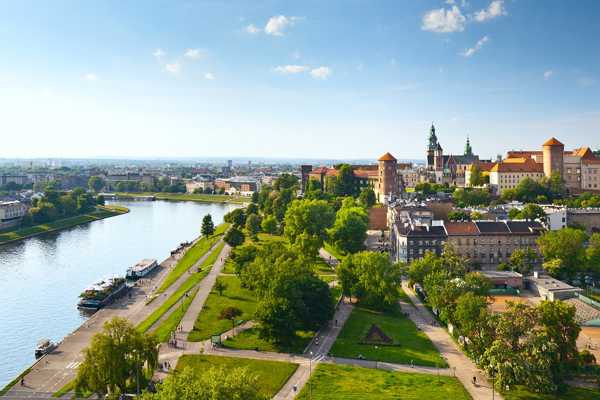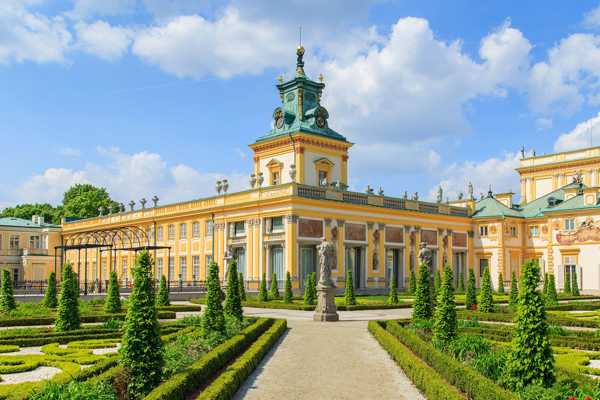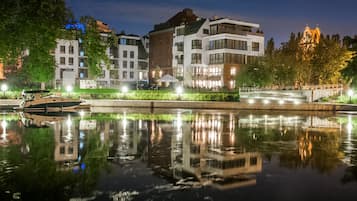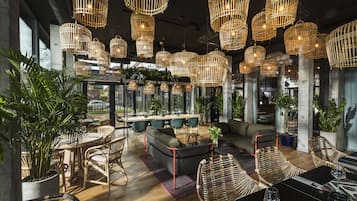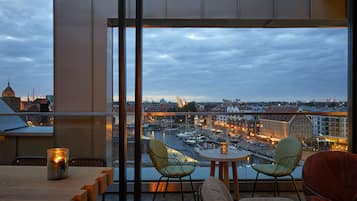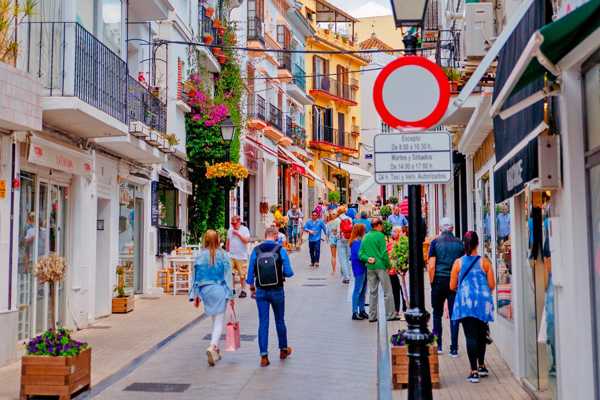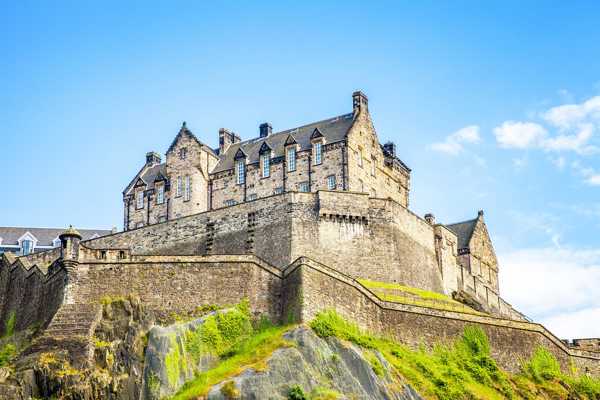Poland is a country full of misconceptions. A popular image of it is as a small country, situated in Eastern Europe, with a distinctly difficult local language, cold population – in every sense of the word – and where vodka is the chosen drink for breakfast, lunch and dinner. The question is, how true is that image?
From the weather to its Cold War austerity and even its questionable cuisine, Poland can get a bad rep in the reality stakes, despite the fact that the country is developing fast and changing opinions. If we told you to be prepared for the wicked sense of humour of the locals, an unbelievable scenic landscape, colourful architecture and blissful beaches, would you really believe us? Let’s take a look at some of the most popular myths about Poland that are only partially true.
- 1
Prepare yourself for arctic conditions
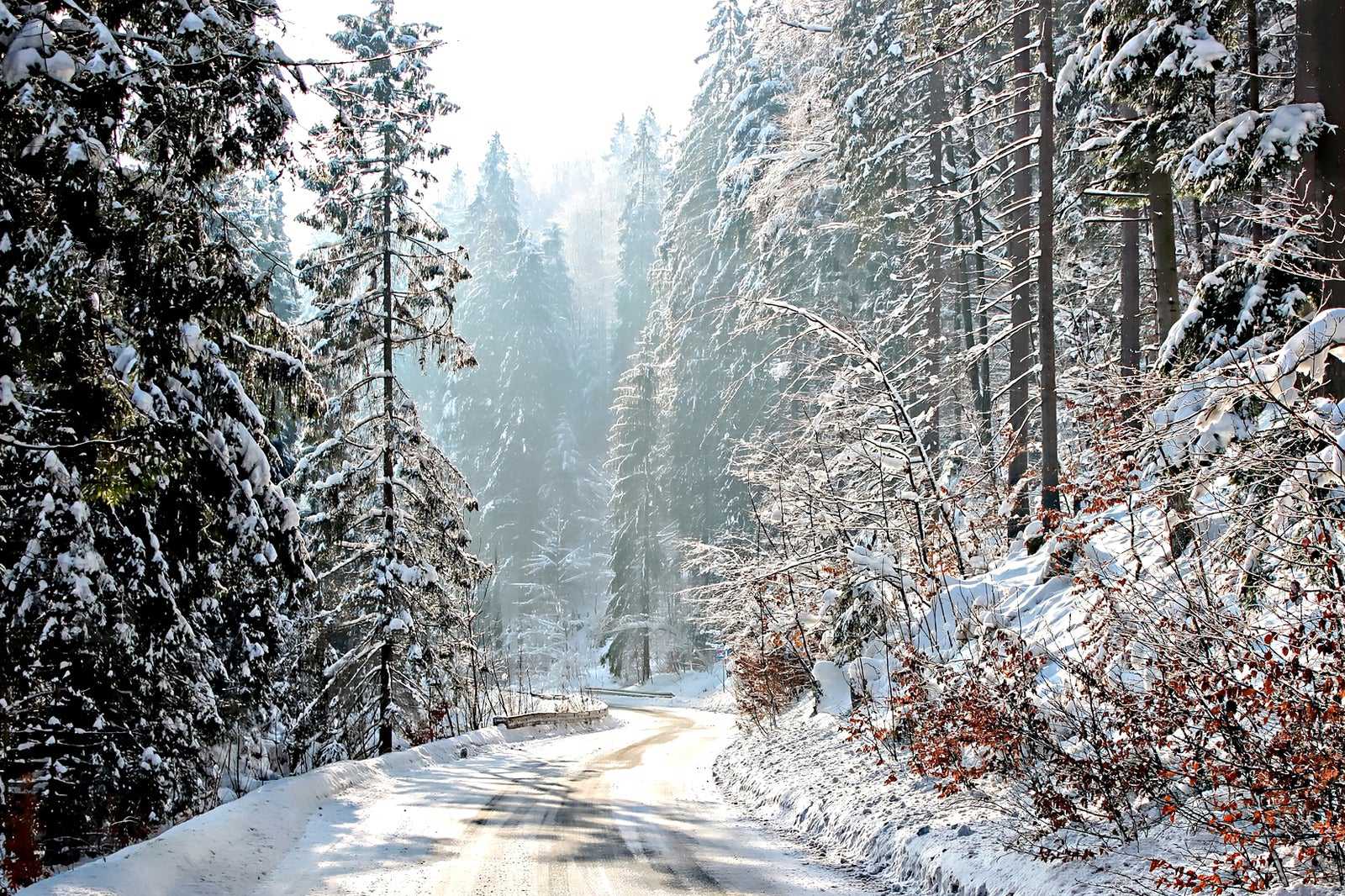
Think Poland is only capable of producing polar weather conditions? Picture a constant temperature of -1,000,000°C with polar bears roaming the ice-laden streets? Think again. Poland sits in the humid continental climate zone, with average summer temperatures around 25 to 35°C and winter temperatures coming in between 0 and -3°C – not really on the same level as Russia’s -13 to -22°C averages.
While the weather can definitely be snowy and white, Poland is far from the freezing cold country that springs to mind, particularly in summer. In fact, you should really expect the unexpected since the weather can be particularly fickle. It ranges from drizzles to downpours and windy spells to blistering heatwaves. Every couple of years or so, the country opens itself up to snowless winters and heatless summers.
- 2
The polish language is impossible to master

Known for its challenging grammar and almost impossible pronunciation, the Polish language gets a pretty bad rep. And, yes, there are 3 genders, 7 cases of each noun, and soft consonants like sz and dz to master. However, once you’ve picked up a few basic rules, it’s not quite as difficult as you may have first thought. This is especially the case if you’ve already got 1 foreign language under your bilingual belt.
In fact, Polish shares many similarities with the English language, as it has been heavily influenced by Latin and Greek. As a phonetic language, many consonants and vowels are pronounced near enough the same. And those pesky silent letters? They don’t really rear their head that often. From more obvious sounding words such as informacja to edukacja to English adopted words like radio, komputer and policja, once you get going, you’ll find it more of a challenge to stop.
- 3
Vodka is a Polish creation and is drunk with breakfast
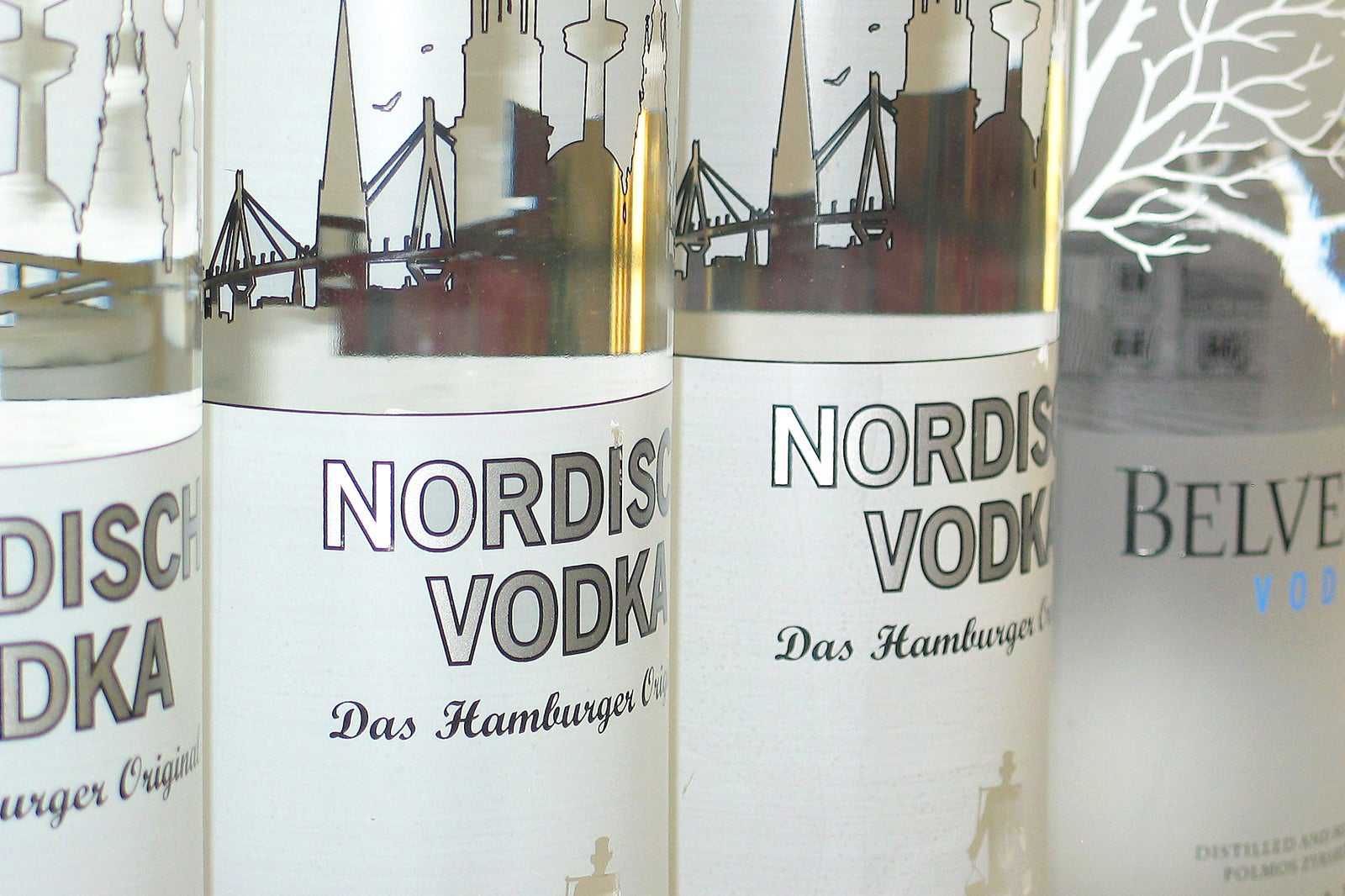
Vodka may well be a way of life for Polish people, but the exact origins remain a mystery to this day. While the invention is an ongoing dispute between the Poles and Russians, with Sweden and Türkiye even laying claim, one thing’s for sure – this powerful spirit dates as far back as the Middles Ages. Thought to originate from the Slavic word for water – voda – it was referred to by monks as “the water of life” and treated as a medicine for various ailments.
While the thought of Poles downing a shot of 40% vodka with their scrambled eggs may be a little far-fetched, the spirit is still going strong and its drinking is seen as a very-much public affair. The best way to drink it, according to the locals, is to surround yourself with good friends, toast “na zdrowie” (‘to health’) and always drink neat, chilled and in one gulp or do dna – ‘to the bottom’.
- 4
Poland has always had a tragic history
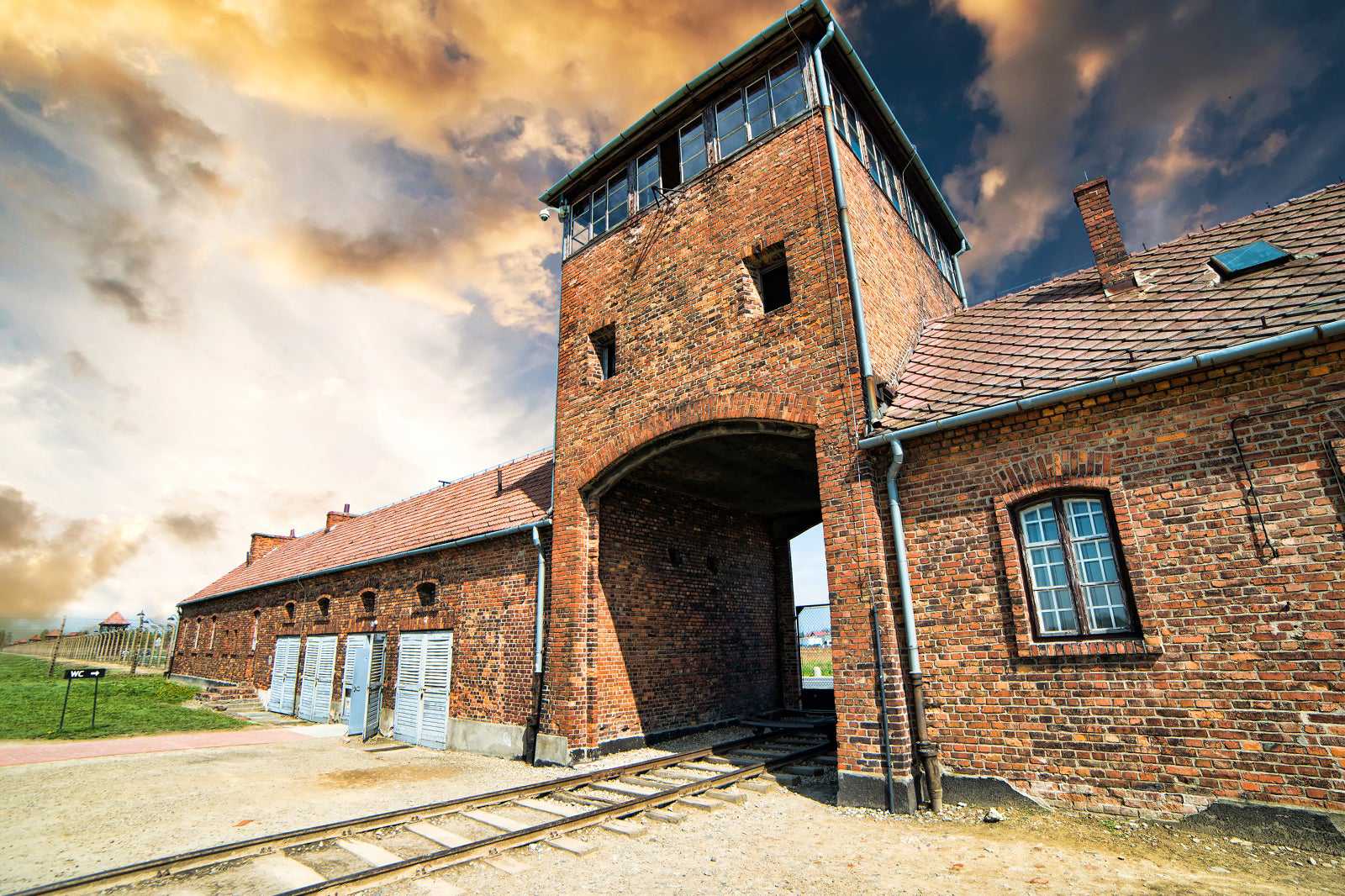
There’s no disputing that Poland was hugely impacted by World War II and its post-war history has largely been marked by life under communism. Poland has had to endure extreme hardship, from a broken-down economy to widespread destruction, poverty and a sense of deep despair. The history can be explored throughout the country, from the largest concentration camp – Auschwitz Birkenau, near Krakow – to The POLIN Museum of the History of Polish Jews in Warsaw.
It hasn’t always been doom and gloom, though. In its golden age in the 16th and 17th centuries, Poland formed a Commonwealth with Lithuania, and the Kingdom was seen as one of the most powerful in all of Europe. The war and subsequent communism, although a long and harrowing period, was just one episode in Poland’s past, and one that seems increasingly remote to younger Poles. The impact of the Second World War has made Poland a country of extreme resilience and the nation today exudes an air of vibrancy – one that is very much looking forward to its future.
- 5
Poland doesn’t have beaches
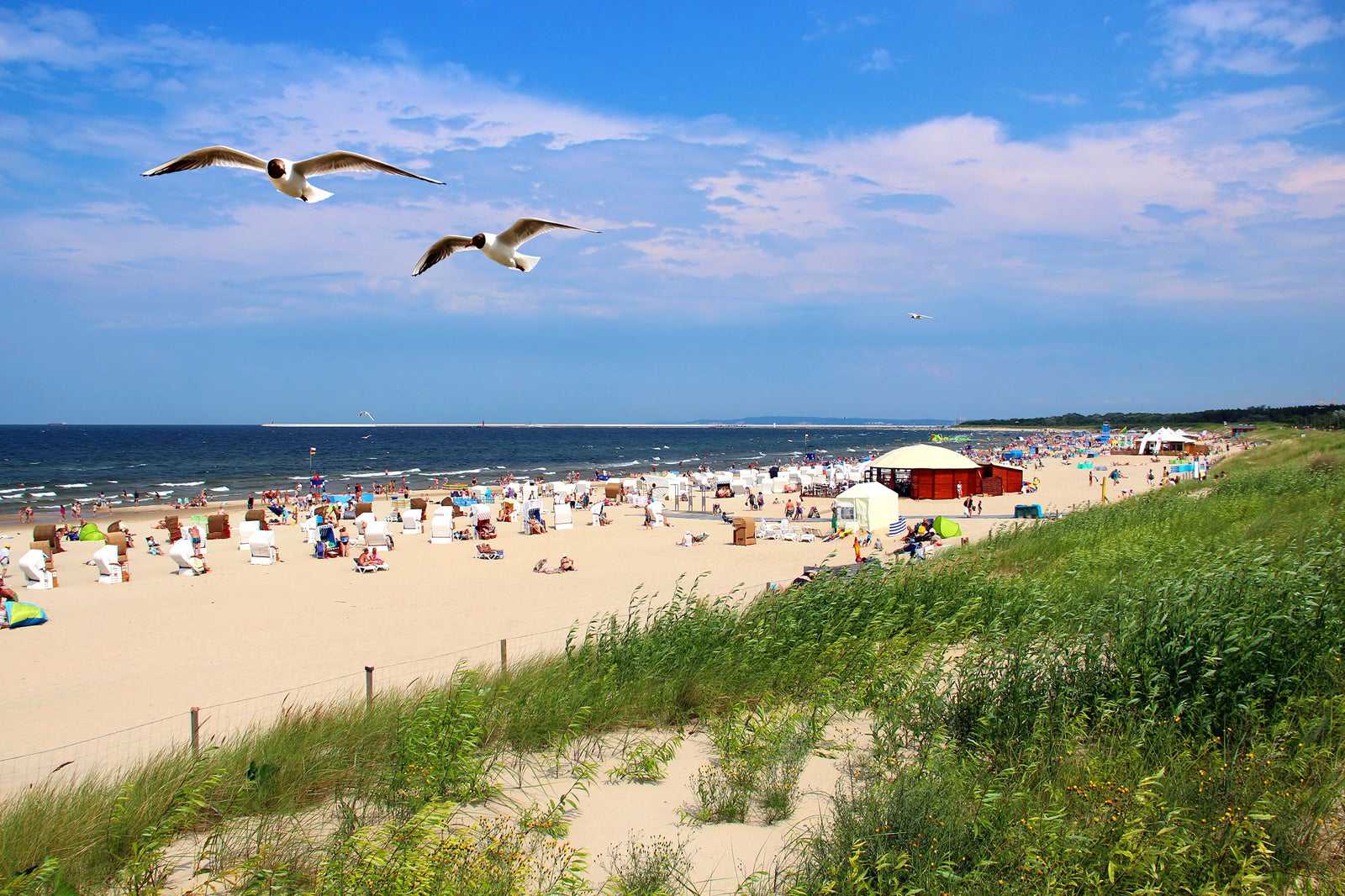
Okay, so the Baltic coast may not be the first place that springs to mind when you want a little fun in the sun, but don’t rule it out. Poland has plenty of beautiful golden beaches. In fact, it’s one of the best destinations for such a holiday. Why? From the serenity of Sopot to the picturesque port city of Swinoujscie, the beaches are clean and largely uncrowded.
Head to Krynica Morska Beach for white sands, striking sunsets and a bustling bar scene or strap on your roller skates as you soak in the views at Gdynia Beach, with local life bustling around you. Fancy something pure and unspoilt? Hop on a tram from Gdańsk city centre and you’ll end up in Stogi Beach – Sopot’s quiet cousin, with views of the distant shipyard. The Polish seaside is also known for its privacy, as most Poles will set up their sandy camp with a windbreak. Follow suit and you can ensure a spot of sunbathing perfection with lovely warming temperatures.
- 6
Polish cuisine isn’t all that

The crushing era of communism left a particularly bland taste in the mouths of Polish people, as a lack of flavour and creativity seemed to stifle the culinary scene. But these days there’s so much more to sample than just potatoes, cabbage and sausage. While these ingredients still set the standard for some decadent Polish dishes, the cuisine also boasts all types of influences, from German to Hungarian and Jewish to Russian.
Noteworthy classic Polish dishes include the delicious dumpling snack of pierogi, mouth-watering open sandwiches known as zapiekanka and, for a sweet treat, placki ziemniaczane – fried potato pancakes sprinkled with sugar. And you can’t leave without trying the sumptuous blueberry mazurka, a Polish wedding offering created from layers of crumbly pastry, spiked with blueberry vodka (naturally).
- 7
Polish people can come off as cold and unfriendly

Anyone who has encountered a person of Polish origin may have left the encounter feeling a little less than positive. While they take pride in telling it how it is, Polish people are also polite, welcoming in private social situations and extremely hospitable. In fact, if you find yourself in their home, they won’t rest until you’re well-fed and comfortably happy on vodka, with some even offering their own bed for you to sleep in.
But out on the streets, it’s often a different story. You may encounter older generations wandering around with broken smiles or retail assistants offering no apologies for their blunt behaviour. When you take into account low average wages and a disinterest in the perception of the company they work for, you'll see why. Public and private areas are split in the minds of Poles. But there’s also another angle: rudeness can actually be considered an art form in Poland as sarcastic quips and stunning insults form the very nature of dark Polish humour. So, yes, sometimes Polish people can be unfriendly, but it comes from a place of jest and hilarity – at least, they’re probably finding it funny.
- 8
Poland is an Eastern European country still firmly under Soviet rule
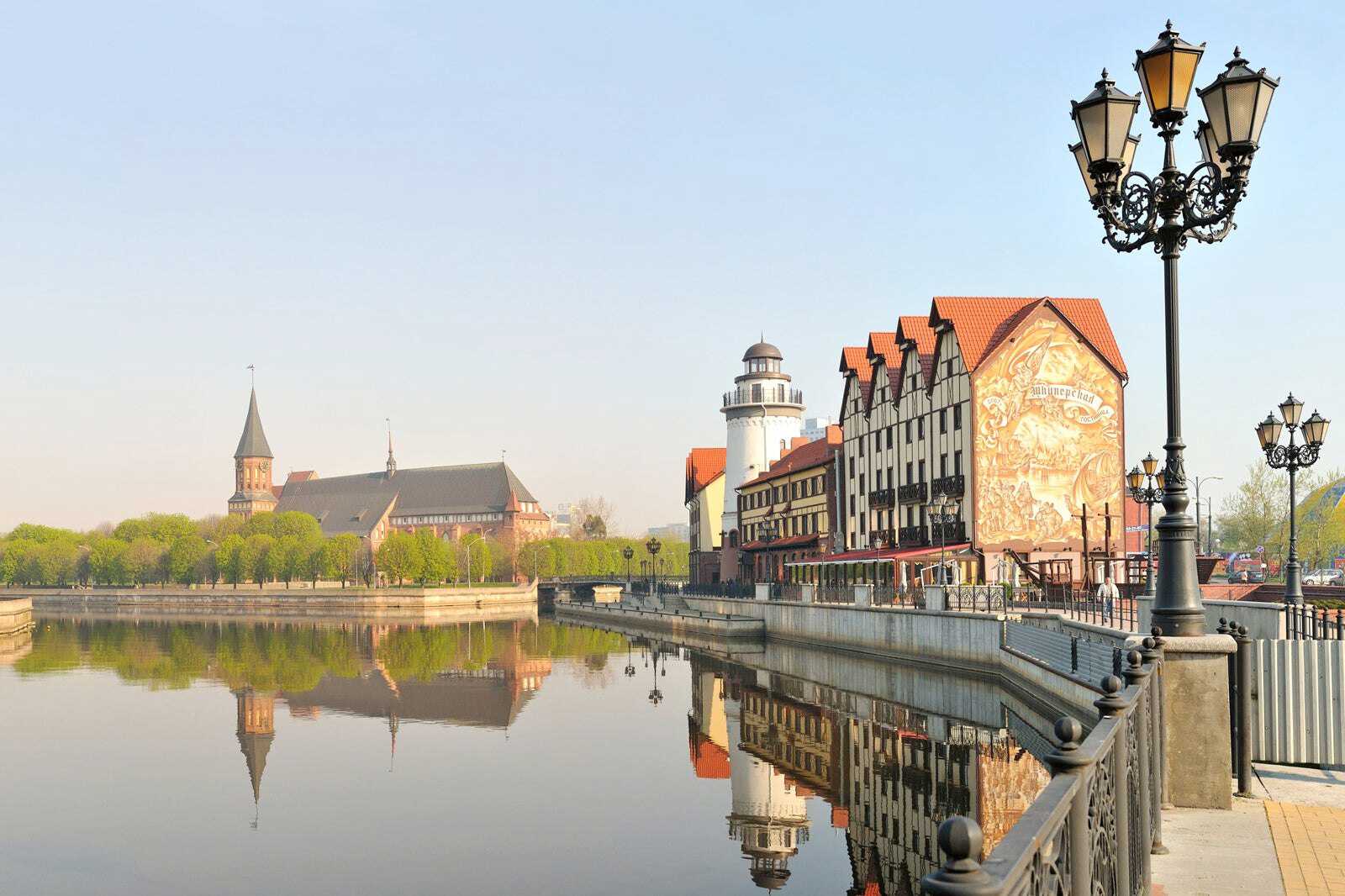
Do you see Poland as a tiny landlocked country tucked far away in Eastern Europe? Well, it isn’t. In fact, neither of these descriptions are true. For starters, you may be surprised to discover that its geographical location is in Central Europe. Situated next to Germany, the only Russian territory that borders Poland is the small exclave of Kaliningrad. Poland’s also the 9th largest country in all of Europe by both area and population.
It’s no surprise that Polish people can be a tad touchy about being referred to as Eastern Europeans as they believe themselves to be smack bang in the middle of Europe. While Poland’s post-war history was one of Soviet dominance, this is simply not the case in today’s world. They are much more of a democracy and have been living this way for 25 years, with strong and steady economic growth. Stop a local from today’s generation in the street and chances are they’ll see the Polish People’s Republic as ancient history.
- 9
There’s nothing to see or do in Poland

While Poland may not be seen as a cosmopolitan hub of buzzing city life or known for its scenic landscapes, there’s a whole world to explore in this Baltic paradise. For one, Polish architecture is pretty out there. From the funky and bright buildings of Warsaw to the rustic wooden features in Zakopane, their designs are magnificent, not to mention memorable. And when walking around the southern city of Krakow, look out for colourful street art on the sides of buildings.
From a busy city scene to a picture of natural beauty, the town of Zakopane, sitting snugly up in the Tetra Mountains, makes for an idyllic escape, especially if you’re into a little skiing or hiking. And if you’re a nature lover, you can’t leave Poland without taking a trip to Bialowieza National Park, which is known as “the last untouched wilderness in Europe".
- 10
Poland isn’t famous for anything

Poland’s many inventions are kept firmly under its hat, so you could arguably say that it’s true that the country is not ‘famous’. Unless you're talking about alcohol, football and their penchant for a good old-fashioned rant, of course. But this creative country has inventions coming out of its underrated ears. From paperclips and toothpaste to the periscope and even the bulletproof vest, Poles have certainly left their mark.
Poland is also a pioneer of the oil industry. Even though many believe that the first oil well was drilled in Pennslyvania in 1859, that's not strictly true. The hilly landscape of southern Poland lies at the foot of the Carpathian Mountains, hosting the ideal location for the first oil wells in the world to be dug just a couple of years earlier. Today, the area is home to a peaceful forest where locals come to pick mushrooms but, back in the day, it was pretty pioneering and the oil that emerged was used for waterproofing wooden roofs, clothing and even medicine.
A kép készítője: Sebastian Mierzwa (CC BY-SA 4.0) módosítva
